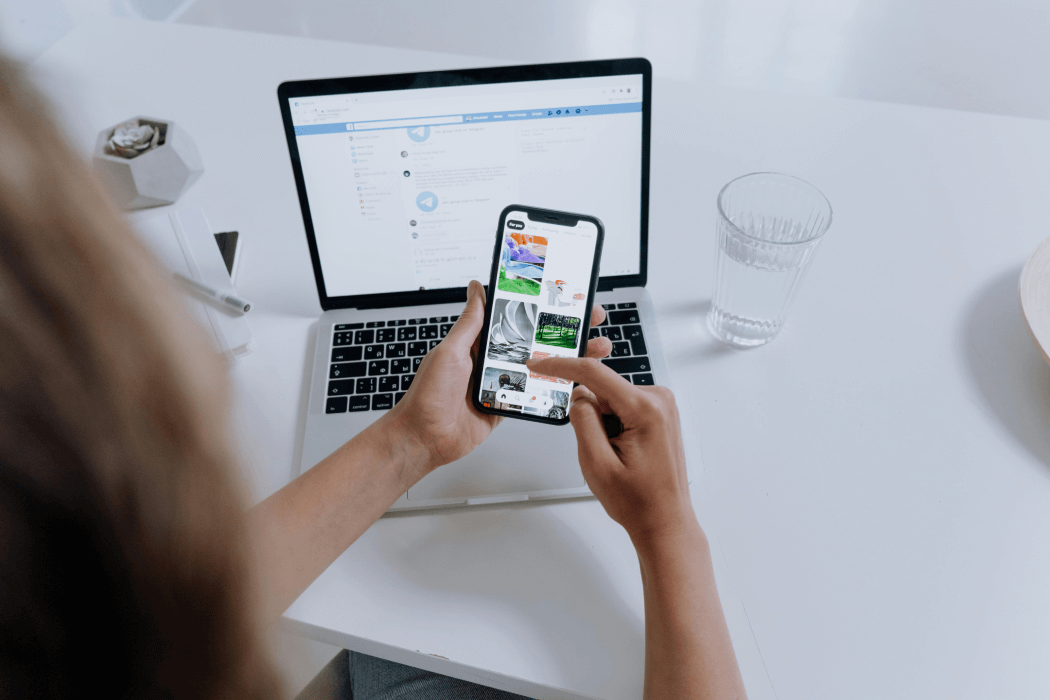
Mastering On-Page SEO: Techniques for Higher Rankings
On-page SEO is a critical component of search engine optimization that focuses on optimizing individual web pages to rank higher and earn more relevant traffic in search engines. Here’s a comprehensive guide to mastering on-page SEO techniques for higher rankings.
1. Optimize Title Tags
Keyword Placement: Include your primary keyword in the title tag, ideally at the beginning, to signal relevance to search engines.
Compelling Titles: Craft engaging and descriptive titles that attract clicks while accurately representing the content.
2. Craft Meta Descriptions
Summarize Content: Write concise meta descriptions that summarize the page content and include relevant keywords.
Call-to-Action: Use a call-to-action (CTA) to encourage users to click through to your site from the search results page.
3. Use Header Tags (H1, H2, H3, etc.)
Structured Content: Use header tags to structure your content into easily digestible sections. The H1 tag should include the primary keyword and describe the main topic.
Hierarchy: Maintain a logical hierarchy with H2 tags for main sections and H3 tags for sub-sections, helping both users and search engines navigate the content.
4. Optimize URL Structure
Descriptive URLs: Create clean, descriptive URLs that include relevant keywords and accurately reflect the content.
Avoid Special Characters: Use hyphens to separate words and avoid special characters or excessive parameters in the URL.
5. Focus on Keyword Usage
Natural Integration: Incorporate primary and secondary keywords naturally throughout the content, avoiding keyword stuffing.
Synonyms and LSI Keywords: Use synonyms and Latent Semantic Indexing (LSI) keywords to enhance the content’s relevance and context.
6. Enhance Content Quality
In-Depth Content: Write comprehensive, informative content that addresses user intent and provides value.
Multimedia Elements: Use images, videos, infographics, and other multimedia elements to enrich the content and improve user engagement.
7. Optimize Images
Alt Text: Include descriptive alt text for images, incorporating relevant keywords to improve accessibility and SEO.
File Names: Use descriptive file names for images, and compress them to reduce load times without sacrificing quality.
8. Improve Internal Linking
Relevant Links: Include internal links to related content on your site to improve navigation and distribute link equity.
Anchor Text: Use descriptive anchor text for internal links to help users and search engines understand the linked content.
